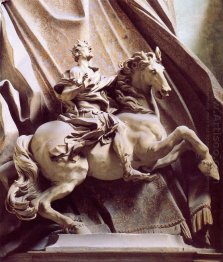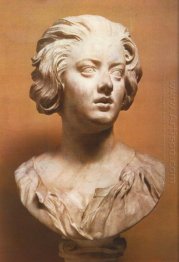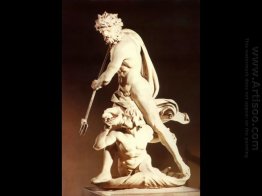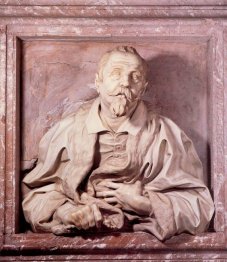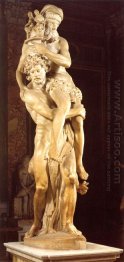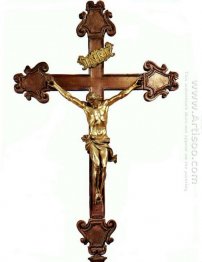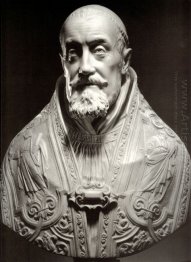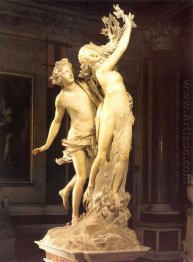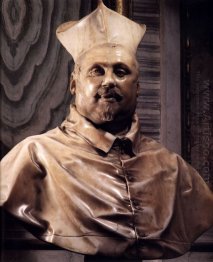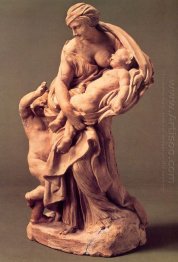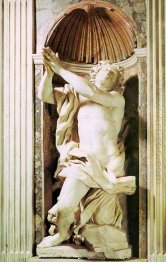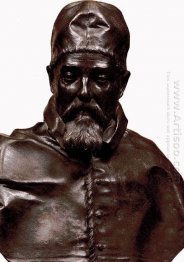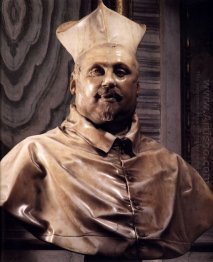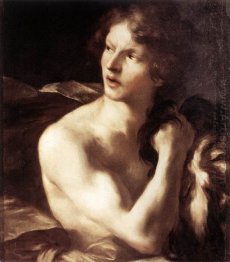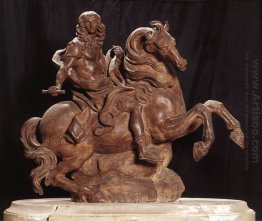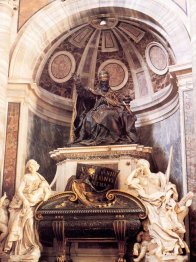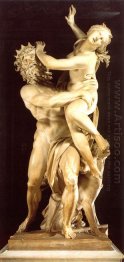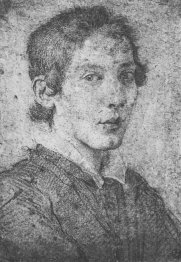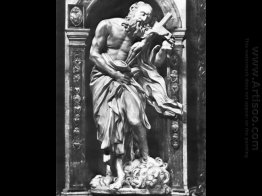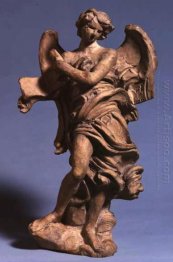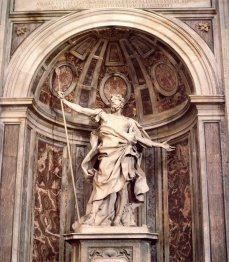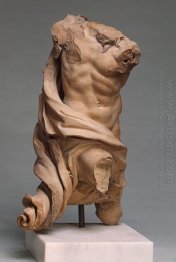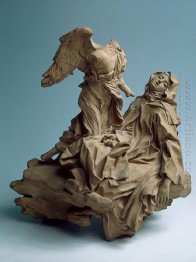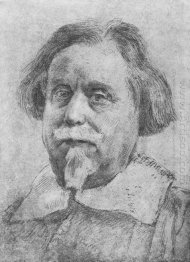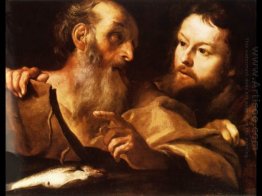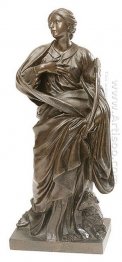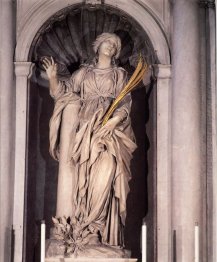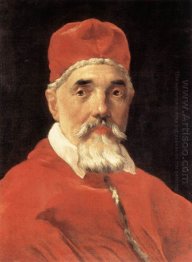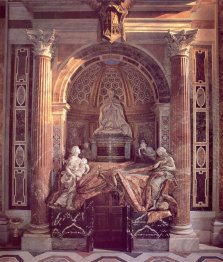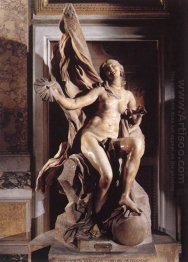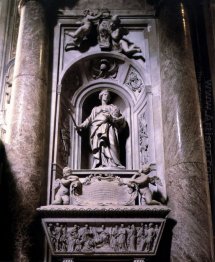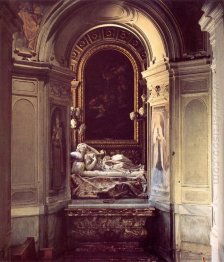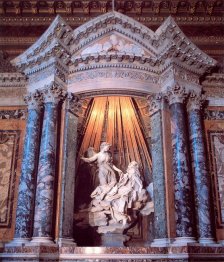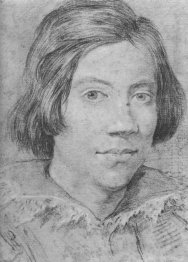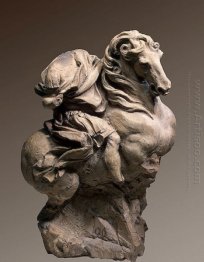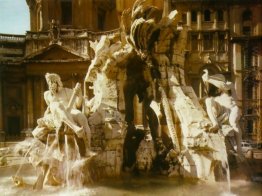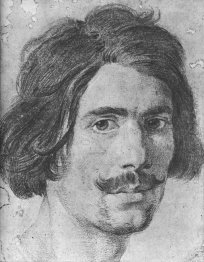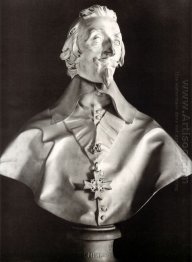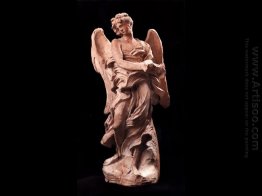Gian Lorenzo Bernini
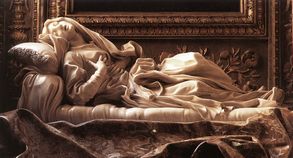
Gian Lorenzo Bernini (1598–1680), sculptor, architect, painter, and playwright, was the most influential artist of seventeenth-century Rome and, indeed, one of the leading creative forces in European art for most of that century. He is universally recognized as one of the creators of the vastly popular Roman Baroque style, which was quickly disseminated throughout all of Europe. His influence lasted well beyond his death, and the popularity of his numerous works—fountains, statues, churches, and public squares—is today as great as it was during his own lifetime, if not more so. Domenico Bernini (1657–1723) was the artist’s youngest child. Domenico’s full-length biography of his famous father represents one of the most important and most intimate primary sources for the artist’s life and work.
Gian Lorenzo Bernini was born in Naples on December 7, 1598, but moved to Rome as a young man, where he immediately began to work as an apprentice in the Roman shipyards. Around 1605, he took part in the commissioned work by Pope V, during which Bernini created one of his most important masterpieces, "The Assumption of the Virgin" that is currently found in the Basilica of Santa Maria Maggiore. At the beginning of his career, Bernini worked extensively in Rome, as the city was economically and politically prosperous at the time. Artists would come to Rome from all over Italy and Europe; there were many international painters and sculptors. This great cultural and artistic exchange among fellow sculptors and painters profoundly influenced Italian artists and especially Bernini. Even in his first sculptures, the great influence of the Neapolitan style can be appreciated in the beautiful sculpture of "Apollo and Daphne" , as well as in the"Capra Amaltea", which boast strong influences of Hellenistic sculptures. Bernini's early years were influenced greatly byCaravaggio, from which he learnt strong realistic rendering, as evidenced by the "Quattro Stagioni" by Bernini, commissioned by Leone Strozzi. Inside the Church of St Praxedes in Rome, you can admire the two portrait busts of Santoni and Vigevano.
Bernini gained notoriety and popularity for his "I Gruppi Borghesiani" commissioned by Scipione Borghese, a bishop of national reputation that claimed to be Bernini's patron (mecenate). This group of work represents four subjects, three derived from mythology and one from the Bible. These include the sculptural group of "Aeneas and Anchises", built between 1618 and 1619; the wonderful group of sculptures from the "Rape of Proserpine" taken from Ovid's Metamorphoses and built between 1621 and 1622; the sculpture of "David", of around 170 cm tall, made between 1623 and 1624; and the " Apollo and Daphne". The Groups Borghese by Gian Lorenzo Bernini are all preserved in the exhibition halls of the Borghese Gallery of Rome. With this commission, Bernini became one of the most sought after artists in Rome given his great capacity to give shadow, dimension and great realism to his work. Bernini became the most sought after artist in Rome for his portraits, both on canvas and in marble (portrait-bust) by Popes and rich noblemen.
In 1621 he was awarded the Cross of Christ for doing the "Portrait of Pope Gregory XV. " Between 1630 and 1635, he made the portrait-bust of Buonarelli Constance, the wife of one of his students and loved by the artist. The election of Pope Urban VIII was also the turning point in Bernini's career when we took some of his most important commissions, both sculpture and painting, and also some theatre sets. Bernini worked closely with major artists of the time such as Pietro da Cortona, one of the leaders of Baroque style in Rome.
The most important commission for Bernini was undoubtedly part of the rebirth of the power of the Church, a role entrusted to him by Pope Urban to be done in the St Peter's Basilica.The most significant of Bernini's work being the bronze canopy on four spiraling columns, which is inside the church, along with the tomb of Urban VIII. In 1630, after the death ofCarlo Maderno, Bernini was commissioned to complete Palazzo Barberini, which along with the Triton Fountain, one of the best examples of the Baroque style in Rome, in Barberini Square.
In 1644, under Pope Innocent Pamphili, Bernini completed another of his greatest works, the "Fountain of the Four Rivers"in Navona Square with an obelisk in the center and the four allegorical statues of the river gods. As a tribute to the Pope Innocent X, he made a bust today visible at the Doria Pamphili Gallery.
Under the pontificate of Alexander VII Chigi, Bernini took care of several architectural and design projects, collaborating with artists such as Pietro da Cortona and Rinaldi, also planning the design of the People's Square. He also worked on the architectural project for the Church of St Andrew's at the Quirinal, which was commissioned by Camillo Pamphilij. And during his brief stay in France, he completed the portrait of Louis XIV. One of his last projects was the bust of the Savior, kept in the church of St Sebastian Outside the Walls in Rome.
Among his many accomplishments, here are the most noteworthy: the Collegiate Church of Santa Maria Assunta and Palazzo Chigi in Ariccia, the Scala Regia in Vatican City and the Fountain of Four Rivers in Spain's Square. Bernini's popularity and fame are far reaching and you can find his work in museums all over Italy and Europe including the Louvre Museum in Paris, the Thyssen-Bornemisza Museum in Madrid, the National Gallery and the Victoria and Albert Museums di London.




